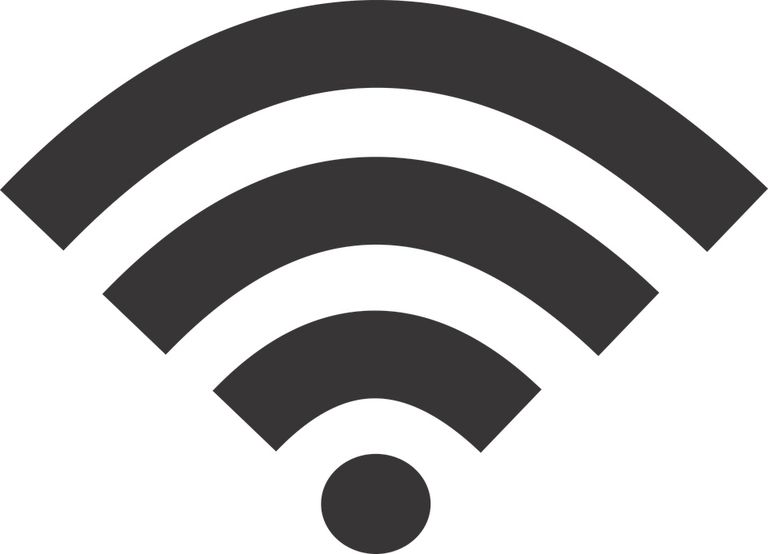
NAIROBI, KENYA: If your phone consumes battery at an alarming rate cutting you off communication with important contacts, you need not to worry.
Scientist have now come up with a machine that converts Wi-Fi signals into electricity to power devices without the need for a battery.
"We have come up with a new way to power the electronics systems of the future - by harvesting wi-fi energy in a way that's easily integrated in large areas - to bring intelligence to every object around us," quotes www.independent.co.uk
According to the publication, the US scientists developed the device, known as ‘’rectenna’’, from a semiconductor just a few atoms thick.
Wi-fi signals captured by an integrated antenna are transformed into a DC current suitable for electronic circuits.
In experiments, the rectenna generated about 40 microwatts of power when exposed to typical wi-fi signals of around 150 microwatts.
That is more than enough to light up a simple mobile display or activate silicon chips.
According to Daily Mail, the rectenna uses a radio-frequency antenna to capture electromagnetic waves carrying Wi-Fi in the form of AC waves.
This is then connected to a flexible and inexpensive two-dimensional semiconductor.
The AC Wi-Fi signal travels into the semiconductor and is converted into a DC voltage that could be used to power electronic circuits or recharge batteries.
This conversion requires a piece of equipment known as a rectifier. Most traditional rectifiers are thick and inflexible.
Massachusetts institute of Technology (MIT) researchers used a super thin and malleable material known as molybdenum disulfide (MoS2), one of the thinnest semiconductors in the world, to surpass this limitation.
“Here we demonstrate an atomically thin and flexible rectenna based on a MoS2 semiconducting–metallic-phase heterojunction with a cutoff frequency of 10 gigahertz, which represents an improvement in speed of roughly one order of magnitude compared with current state-of-the-art flexible rectifiers,” reads an abstract in nature.com
This flexible MoS2-based rectifier operates up to the X-band 8 (8 to 12 gigahertz) and covers most of the unlicensed industrial, scientific and medical radio band, including the Wi-Fi channels.
Stay informed. Subscribe to our newsletter
“By integrating the ultrafast MoS2 rectifier with a flexible Wi-Fi-band antenna, we fabricate a fully flexible and integrated rectenna that achieves wireless energy harvesting of electromagnetic radiation in the Wi-Fi band with zero external bias”
 The Standard Group Plc is a
multi-media organization with investments in media platforms spanning newspaper
print operations, television, radio broadcasting, digital and online services. The
Standard Group is recognized as a leading multi-media house in Kenya with a key
influence in matters of national and international interest.
The Standard Group Plc is a
multi-media organization with investments in media platforms spanning newspaper
print operations, television, radio broadcasting, digital and online services. The
Standard Group is recognized as a leading multi-media house in Kenya with a key
influence in matters of national and international interest.
 The Standard Group Plc is a
multi-media organization with investments in media platforms spanning newspaper
print operations, television, radio broadcasting, digital and online services. The
Standard Group is recognized as a leading multi-media house in Kenya with a key
influence in matters of national and international interest.
The Standard Group Plc is a
multi-media organization with investments in media platforms spanning newspaper
print operations, television, radio broadcasting, digital and online services. The
Standard Group is recognized as a leading multi-media house in Kenya with a key
influence in matters of national and international interest.









